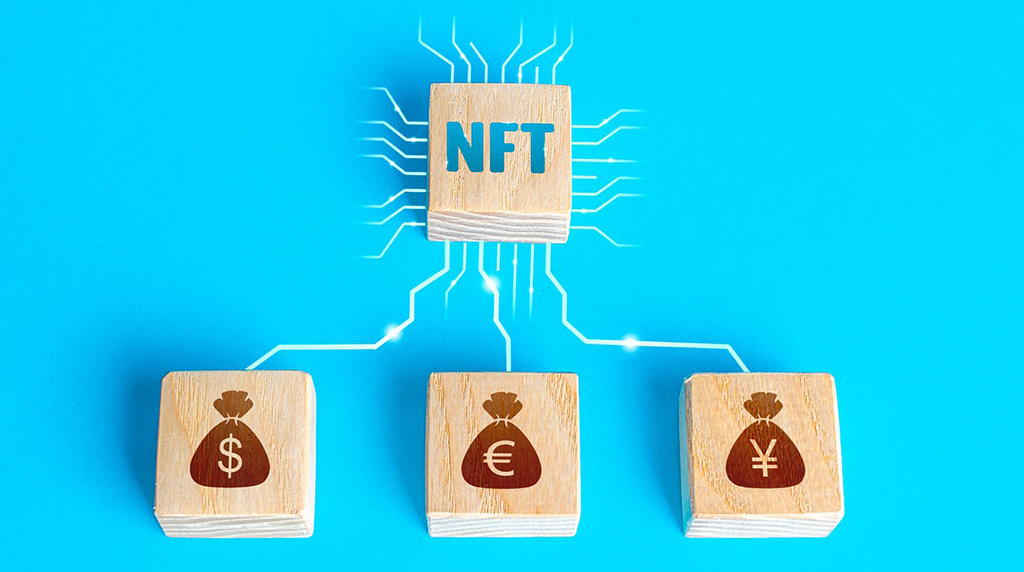In a recent development, Luke Dashjr, a developer of Bitcoin Core, has declared that the mechanism behind Bitcoin Ordinals is a “vulnerability” in the Bitcoin network and that it will be addressed in the coming year. According to a statement on X, Luke Dashjr reveals that Inscriptions, the mechanism responsible for engraving content onto satoshis to create Bitcoin NFTs for Ordinals, exploits a vulnerability in the Bitcoin Core to transmit unwanted information across the network.
Luke Dashjr specifically points out that since 2013, the Bitcoin network has allowed users to set limits on the size of data. However, Inscriptions has surpassed this limit by altering data in the form of code. Consequently, the Bitcoin network is facing challenges with constraints as the number of transactions surges abruptly due to the fervor surrounding Bitcoin Ordinals.
This issue has been addressed in the Bitcoin Knots v25.1 release, following a delay from v24 at the end of last year. Nevertheless, Luke Dashjr warns that this vulnerability could still impact Bitcoin Core in v26. Ultimately, he anticipates that patch v27 will close the gap in the coming year.
Notably, when questioned, the developer confirmed that the patch would “wipe out” both Ordinals and the BRC-20 token standard. He believes that Ordinals, from the beginning, has been an “attack” on the Bitcoin network.
Bitcoin Ordinals is a mechanism that allows users to attach data (images, text, etc.) to a satoshi unit of Bitcoin. With each Bitcoin comprising 100,000,000 satoshis, users can mint 100 million NFTs on a single Bitcoin. Thanks to the features of Bitcoin Ordinals, Bitcoin has experienced a “breath of fresh air,” enabling users to mint and trade NFTs directly on the Bitcoin network.
Alongside Bitcoin Ordinals, the introduction of BRC-20 has also caused a surge of funds into Bitcoin. There were instances of overwhelming transaction volumes leading to network congestion, prompting Binance to temporarily halt BTC deposits. This development has fueled internal conflicts among Bitcoin development teams regarding whether to “wipe out” Ordinals.



